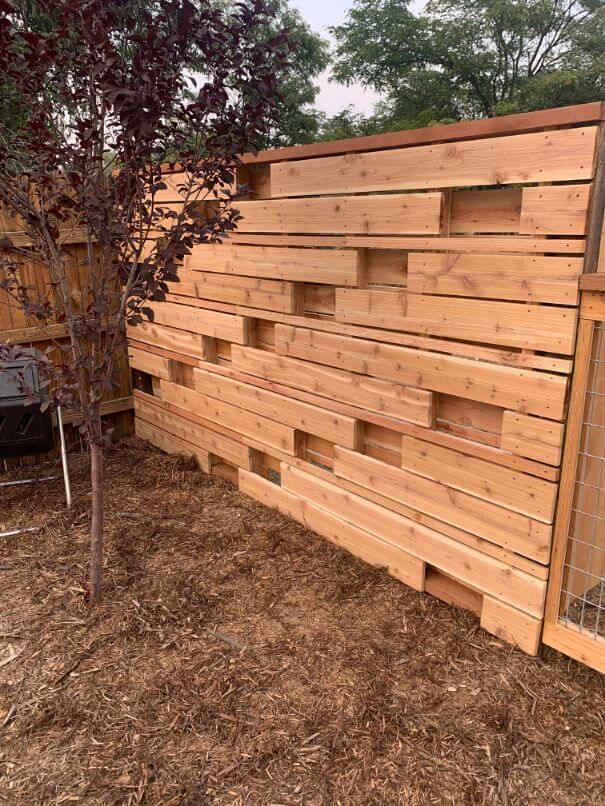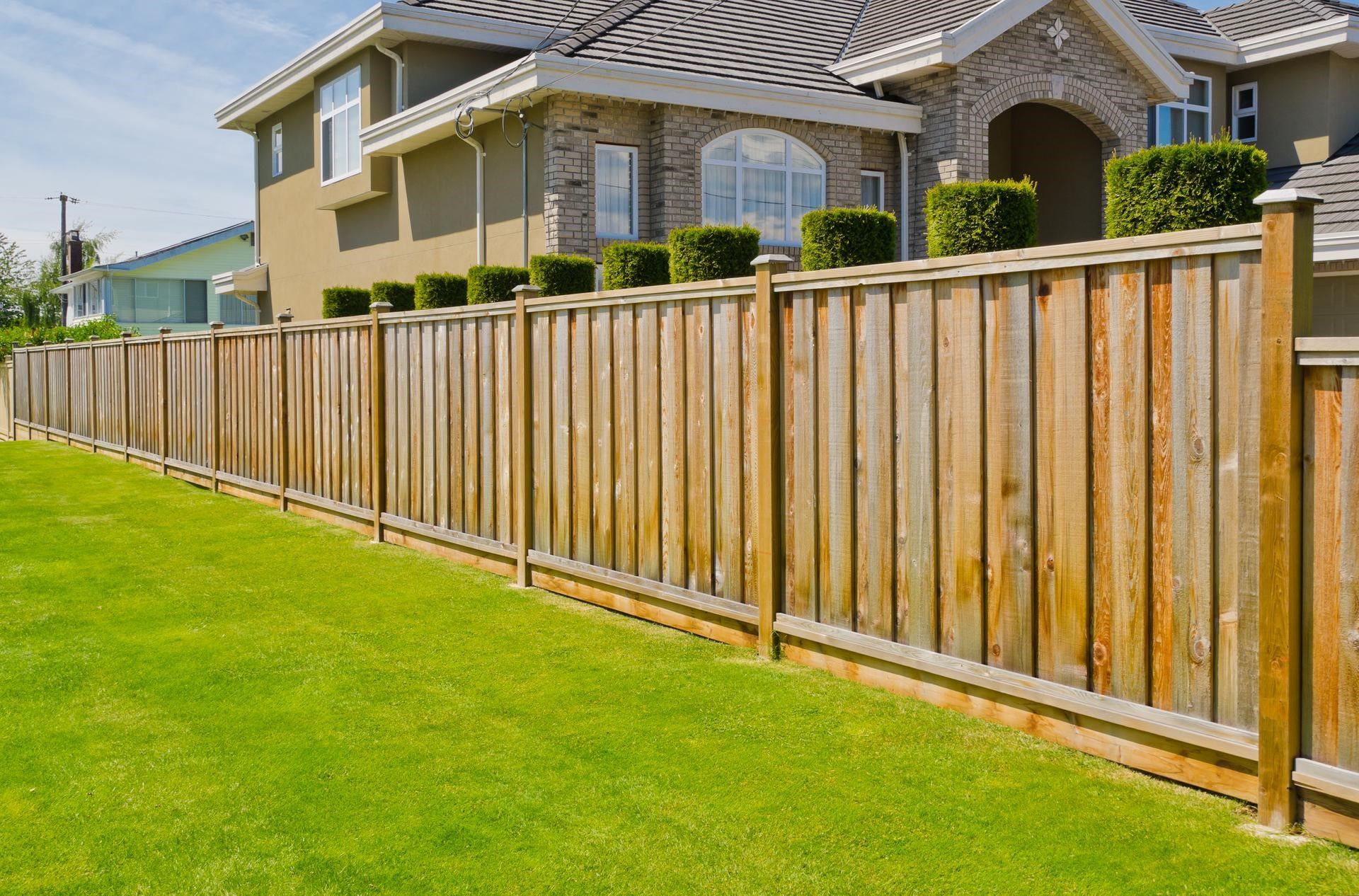All Categories
Featured

Whether it's solid winds, rainfall, snow, or extreme heat, weather condition conditions can progressively damage your fence, leading to expensive repair services or substitute. There are numerous steps you can take to shield your fence from weather-related damage and prolong its life-span.
- Select the Right Product. The sort of product your fencing is made from plays a substantial role in how well it will withstand climate condition. Some materials are naturally much more resistant to damage than others. For instance:
Wood Fencings: While lovely and classic, timber can be vulnerable to dampness, rot, and insects. Nevertheless, pressure-treated wood or cedar can use better resistance to these concerns. Vinyl Fences: Vinyl is extremely immune to wetness, rot, and bugs. It also stands well to extreme sunlight and hefty rain. Steel Fencings: Wrought iron or light weight aluminum fences are durable and can endure a range of climate condition. They can, nonetheless, experience corrosion with time, especially if not correctly covered. Composite Fences: Made from a combination of wood fibers and plastic, composite fences are more immune to weather-related damages compared to conventional wood fences. Choosing the best product for your area's environment is the very first step in securing your fence from weather condition damage.
- Seal or Spot Wooden Fences. Wood fencings are specifically susceptible to harm from moisture, UV rays, and temperature fluctuations. One of one of the most reliable means to safeguard your timber fence is by applying a safety sealant or discolor. These items assist:
Prevent Water Damages: Sealers develop a water-resistant obstacle, preventing wetness from seeping right into the timber and creating rot, mold, or mold and mildew. Shield Against UV Damages: An excellent tarnish or sealant will certainly also obstruct dangerous UV rays from the sunlight, which can create timber to dry, split, and stain gradually. Maintain the Fencing's Appearance: Regular staining assists preserve the all-natural appeal of the wood and expands its lifespan. It's recommended to reapply the tarnish or sealant every 1-- 2 years to keep your surround great condition.
- Set up an Obstacle for Wind Defense. Strong winds can trigger significant damages to your fence, especially if it is high or weak. Wind can bend or break wooden panels, loosen fencing messages, or perhaps trigger the entire fence to collapse. Mounting a windbreak-- such as planting shrubs, hedges, or installing a mesh obstacle-- can assist protect your fencing from high winds.
In addition, you can enhance the posts with concrete or steel braces to offer additional stability and protect against leaning or changing.
- Trim Overhanging Branches. Looming tree branches can pose a serious threat to your fencing throughout storms or high winds. Falling branches can damage panels or harm the fencing messages, causing expensive fixings. Consistently cut any branches that hang over your fencing, especially if they remain in close closeness to it. Keeping the branches cut down lowers the threat of branches damaging off and triggering damages to the fence.
- Regular Examinations and Maintenance. Carrying out routine upkeep and examinations is essential to catching potential issues prior to they rise. After a heavy storm, examine your fence for any type of indications of damages, such as loosened panels, leaning articles, or busted areas. Taking care of little issues prior to they come to be bigger ones can help prolong the life of your fencing.
Additionally, cleaning your fence regularly to eliminate dust, particles, or mold and mildew can aid maintain its appearance and honesty. For wooden fences, gently pressure clean the surface area to get rid of built-up gunk, and for vinyl fences, utilize a mild detergent to clean up any kind of discolorations.

- Make Certain Appropriate Drainage. Water damage is one of the most usual weather-related concerns that affect fencings. Poor water drainage can lead to standing water around your fence messages, which can cause the articles to rot or damage over time.
- Apply a Protective Finish to Metal Fencings. Metal fencings, such as those made of iron or steel, are highly long lasting however can be prone to corrosion otherwise properly maintained. Using a safety coating or paint that is especially developed for steel can aid avoid corrosion and rust. Make certain to examine the fencing regularly for any type of signs of rust, and address it instantly by sanding and painting the influenced areas.

Verdict. Your fence is a beneficial financial investment, and shielding it from weather-related damages will aid make certain that it continues to serve its objective for years ahead. By choosing the appropriate materials, frequently maintaining your fencing, and taking steps to safeguard it from the components, you can minimize weather-related damages and prolong its life-span. Whether you're dealing with solid winds, heavy rainfall, or the rough sunlight, these simple actions can go a lengthy way in preserving the condition and look of your fencing, saving you money and time in the future.
Latest Posts
Explore Affordable Auto Repairs with Montclare’s Monthly Service Specials
Published May 24, 25
1 min read
Uncover Brake Repair & More: Comprehensive Auto Care Solutions from Montclare Auto Repair
Published May 23, 25
1 min read
Shield and Improve Your Home with Weathercraft's Exterior siding Solutions
Published May 22, 25
1 min read
More
Latest Posts
Explore Affordable Auto Repairs with Montclare’s Monthly Service Specials
Published May 24, 25
1 min read
Uncover Brake Repair & More: Comprehensive Auto Care Solutions from Montclare Auto Repair
Published May 23, 25
1 min read
Shield and Improve Your Home with Weathercraft's Exterior siding Solutions
Published May 22, 25
1 min read